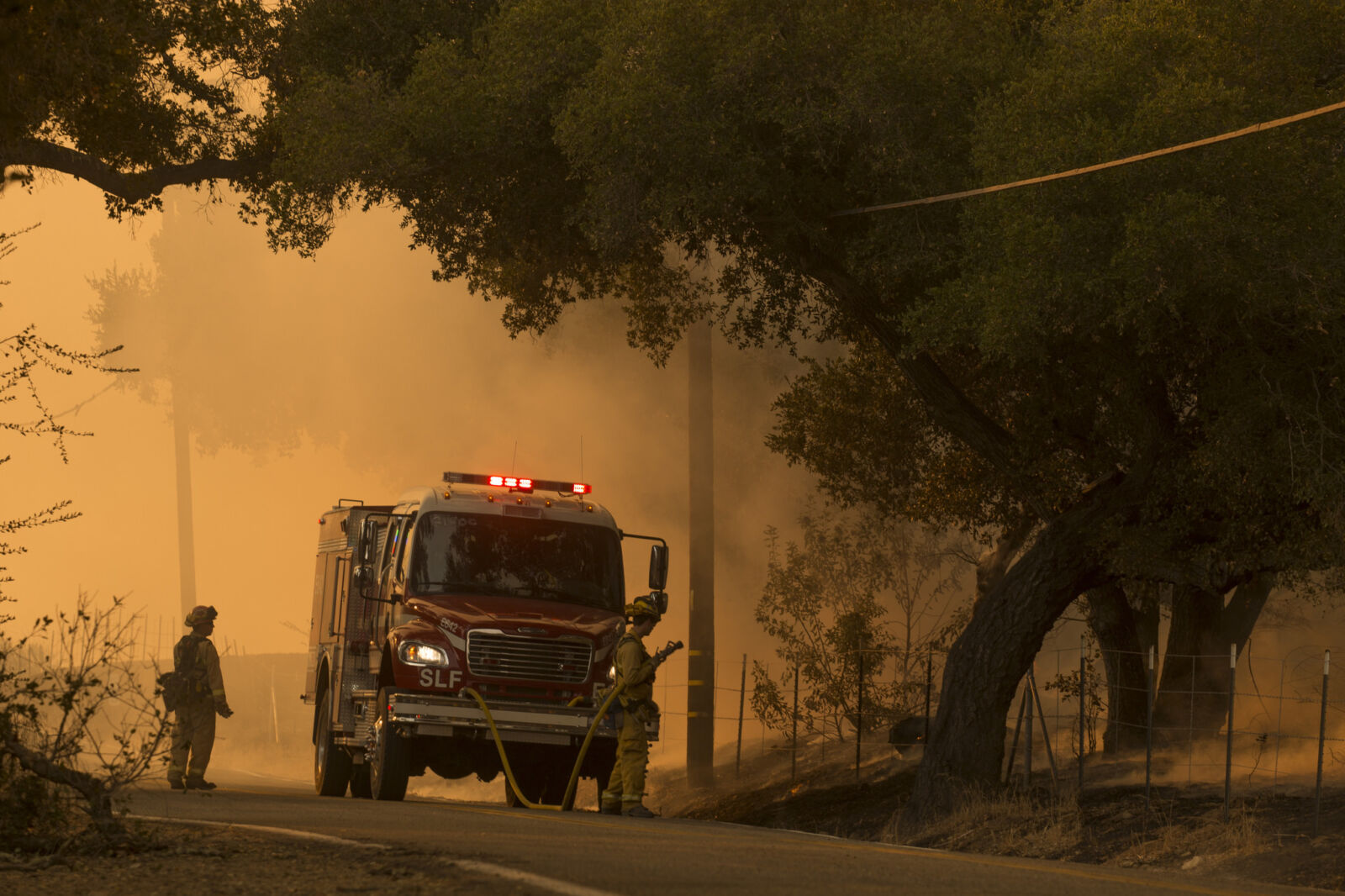The recent fires in Southern California, including the largest in Southern California History, have had a significant impact on the community and the resources.
The massive Thomas (281,893 Acres) and Creek Fires (15,619 Acres) broke out on a very dry December in Southern California and scorched vast portions of our public lands on the Angeles National Forest and Los Padres National Forest. These fires shed unwanted light on the connection between natural disasters and the areas that we rely on for local water supply, habitat for hundreds of species, recreation, and health.
Unfortunately, it was a past fire that brought the National Forest Foundation to the Angeles National Forest following the largest fire in Los Angeles County, the 2009 Station Fire. The NFF has been working since that time to :
- restore chaparral and forest habitats,
- remove invasive species,
- restore recreation amenities and
- build connections between the community and the San Gabriel Mountains.

Photo by U.S. Forest Service
Crews work to suppress the Thomas Fire.
The recent Creek Fire in Los Angeles County was a terrible disaster destroying many homes and communities. If we can find one silver lining in the fire is that it has allowed us to increase our efforts to eradicate one particular nasty invasive plant that uses six times more water than native vegetation, Arundo donax, or Giant Reed.
Arundo grows in dense stands in riparian corridors and the recent fire will allow us to remove this plant before it can take over the native willows and quaking aspens near the streams. The ability to save water from Arundo to recharge our groundwater supplies does not lessen the detrimental impact of the Creek Fire.
But, it gives us time to remember the devastated community and the fragility of the adjacent landscapes. It also gives us time to look for ways to lend a hand to the community and lands by volunteering with civic response teams or helping to remove trash along a stream, rebuilding a trail for all users, planting a shrub or tree, or supporting the groups that are helping communities and nature heal.
Click here to learn more about our work on the Angeles National Forest.

